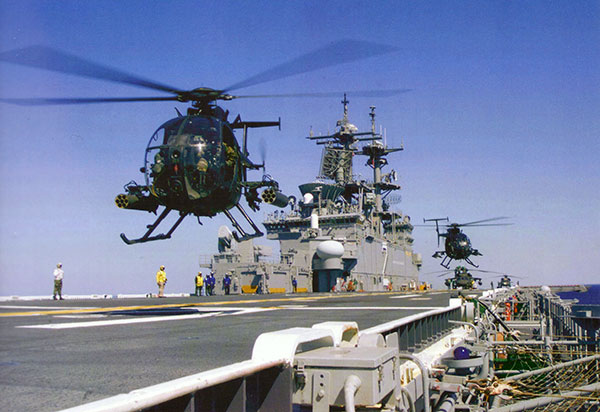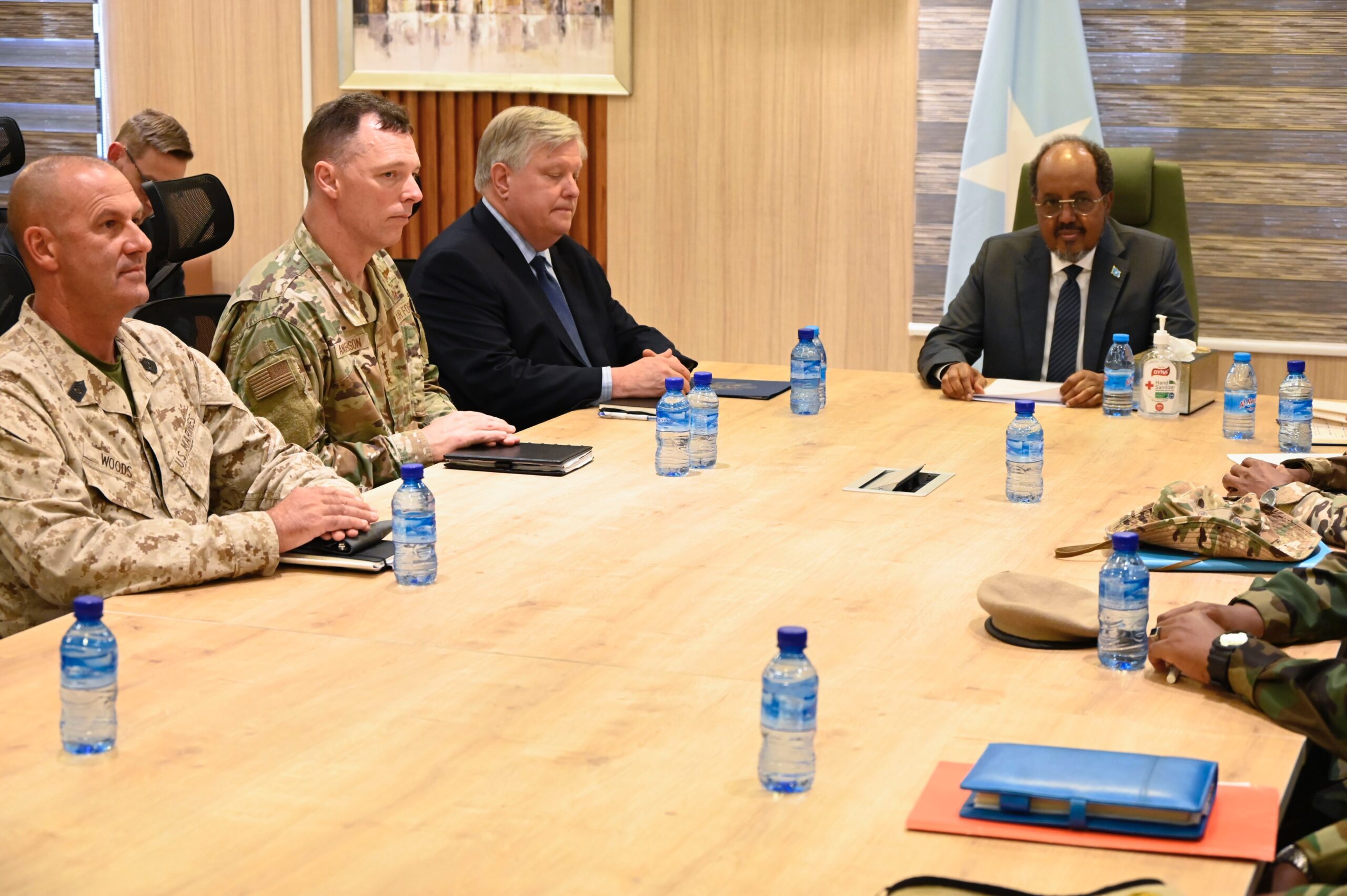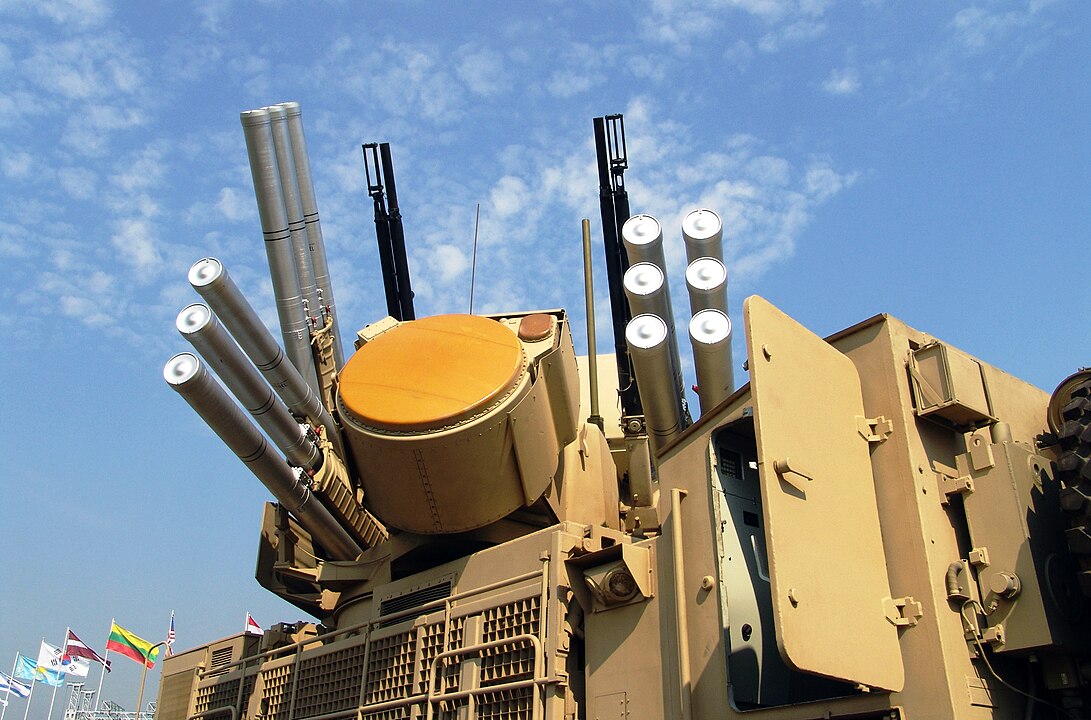A report in the New York Times claims that Trump has major legal and military considerations to make having arrived at the precipice of ordering an attack on Venezuela.
Citing administration aides, The Times reports that three plans of action have been presented to the President, ranging from partial military occupation to targeted raids and bombings.
Meanwhile, the Justice Department has been ordered to cook up a legal justification for launching any sort of attack, with a particular emphasis on the direct targeting of Venezuelan President Nicolas Maduro. Potentially undercutting a long-held policy of declining to directly assassinate or target another head of state, the DoJ could rubber stamp a killing or capture mission of Maduro by stressing his imaginary role as the leader of a drug cartel, or the slightly lesser viable justification that he rigged the recent presidential elections and so isn’t the legitimate head of state.
Meanwhile, the Pentagon has ordered the USS Gerald Ford to move from the Mediterranean where it was supporting the Israeli genocide in Gaza to international waters off the coast of Venezuela, and reportedly no decision on attacks will be made until it arrives.
Each of the potential strategies conjures memories of past US military interventions that have failed.
One plan allegedly would call for the US to seize airfields, ports, and oil fields, enough so that the Maduro government would surrender. It’s estimated that membership in national militias number between hundreds of thousands and 4 million, and that any attempt to attack the country would immediately cause a surge of volunteers, placing those deployed to hold these locations at risk of insurgent attacks, even if war planners could get Maduro out and another government in.
The strategy is reminiscent of the occupation of Iraq, where the installation of the Shia minority in power led to the insurgency of the domestic Sunni majority that would go one to kill thousands of American soldiers.
President Trump is said to be unlikely to approve any plan that would put substantial numbers of American soldiers and sailors and risk, and perhaps more likely to approve a strategy of bombing with naval drones, ship-launched long-range weapons, and/or US bombers like the B1 and B-52 which are currently positioned in the region.
Orders to minimize causalities in previous operations like Afghanistan left theater commanders few options other than to launch copious amounts of air and drone strikes, often with only medium-confidence that those they were bombing had any connection to opposition forces. Along with the likelihood of causing significant collateral damage among the civilian population and souring support for regime change among Maduro’s opposition, there are very few instances of such bombings advancing American interests. They were unable to oust the Taliban from their positions in Kandahar and Helmand during the 20-year occupation there, and failed more recently to deter the Houthis in Yemen from bombing ships in the Red Sea.
Bombs and drones are no substitute for the ability to take and hold ground, and without the will to put soldiers at risk, there are very few arguments to suggest that such a strategy could advance longtime US interests in the country.
Maduro has claimed, and Trump has agreed, that a big component of Washington’s desire for regime change is the desire to access Venezuela’s oil reserves which are proven the largest on Earth. US forces have pilfered enemy oil reserves before—in Syria, for example, where President Trump during his first term announced that the military would steal Syria’s oil facilities, even as he would conclude his presidency with a quarter-hearted attempt to withdraw US forces from the country.

Bombs and Black Hawks
Another strategy might be specifically bombing military headquarters. This would almost certainly be a total success. Preceding any attack would be a massive cyber-interference operation to disable or confuse Venezuelan radar and air defense, as was seen during America and Israel’s bombing of Iran in June. With control over the skies, the Pentagon could safely target any legitimate military installation, and perhaps cause Maduro to flee the country, or flee within the country and put himself at risk of capture.
It’s believed this will cause a similar “rally around the flag effect” seen in Iran, whereby support for Maduro—even in a post-Maduro situation—may robustly increase.
A third option that was allegedly presented would be a raid on the Presidential Palace in Caracas by Special Operations teams. Last week, WaL circulated reports that a crack Spec. Ops. helicopter team—the one which flew SEAL Team 6 into Pakistan to kill Osama bin-Laden in 2011—has been seen training with the forces deployed in the Caribbean, suggesting such a move would be possible. Additionally, a raid could be sanctioned under the capture or kill directive one might expect from a police raid on a drug cartel leader’s headquarters, and would thus perhaps offer greater justification legally.
While they deployed SEAL Team 6 and other conducted other successful missions, that same helicopter team was also part of the task force over Mogadishu during Operation Gothic Serpent, which became immortalized in the Hollywood film Black Hawk Down. Significant supporting forces were available to the Delta operators of Task Force Ranger, but couldn’t prevent the operation from being called off following the largest number of American casualties suffered in military action since the Vietnam War.
A densely-populated city like Caracas would certainly present similar challenges to those seen in Mogadishu during Operation Gothic Serpent, including the potential inability to back up stranded forces, and a large, potentially hostile civilian population.
Inherent in all these plans is the enormous risk of turning the already-dysfunctional Venezuela into a failed state. The North Vietnamese effectively used their native terrain to defeat the American occupation, and northern South America has seen paramilitary forces endure for decades from bases hidden in the jungle. Any attempt to install a pro-American government would necessitate either immense financial, military, and logistical support for that government and its reorganized armed forces, or a continuing American occupying force to defend Caracas.
All of these operations and occupations, in Iraq, in Somalia, in Afghanistan, in Vietnam, in Yemen, failed because of an inability to identify feasible military objectives that could align with feasible political objectives. Aides told The Times that Trump has put off making any significant decisions until the Gerald Ford arrives, leaving time for the lessons of history to be consulted. WaL
We Humbly Ask For Your Support—Follow the link here to see all the ways, monetary and non-monetary.
PICTURED ABOVE: Trump and Vice President JD Vance in the Situation Room during the bombings in Iran in June 2025. PC: The White House via Flickr



